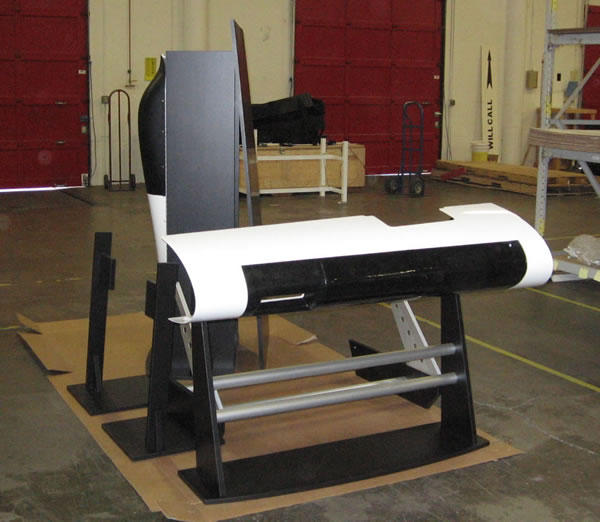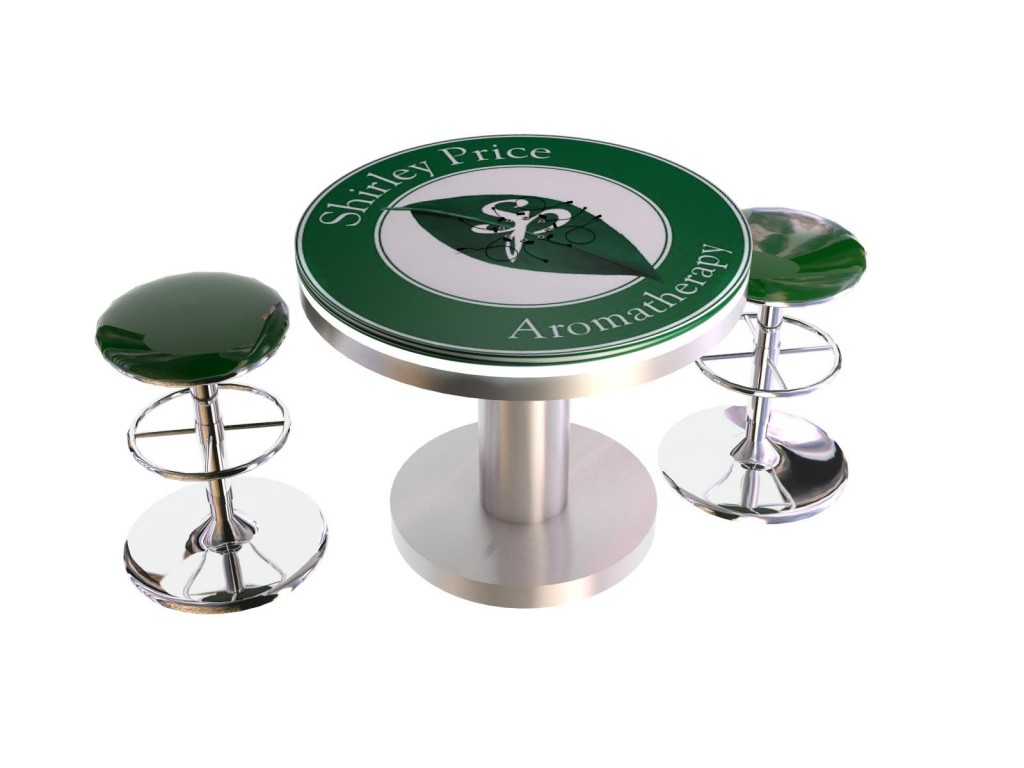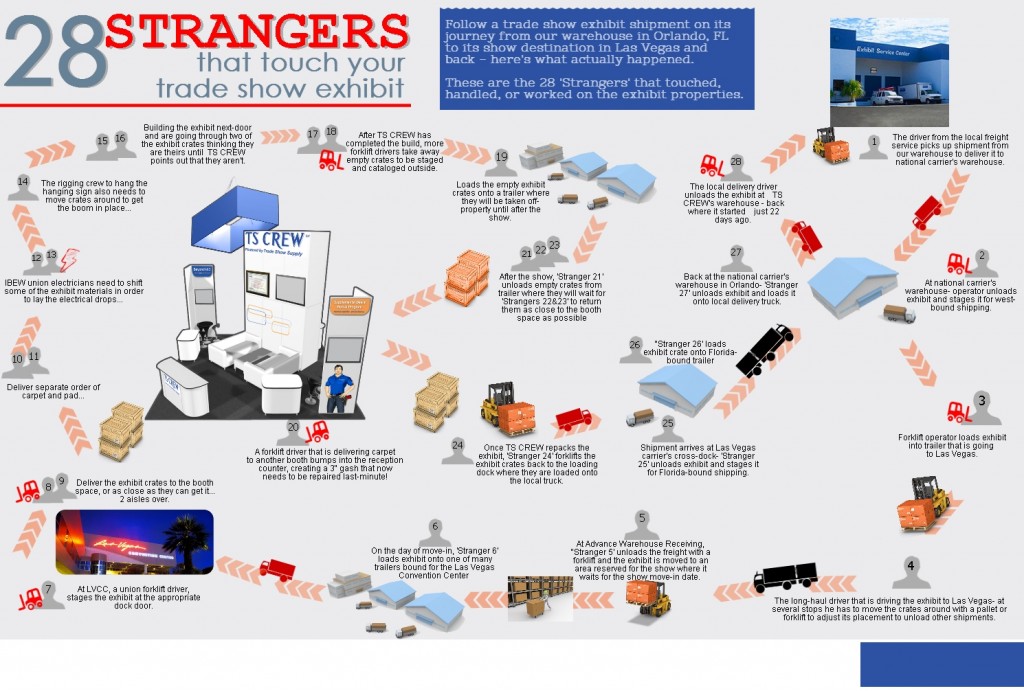
Milestones
In business, as in life, we celebrate milestones. This morning after adding an article to Trade Show Tips, I decide to count them — 74 articles. It’s more than I thought, but 74 isn’t 740 or 7400 so the number didn’t freak me out.
Having started down this path, I decided to look at other numbers. For example, how many blog posts have we published in Trade Show Tales? WordPress makes finding that number easy — 704 posts (counting this one). Now I have to be honest with you — that did freak me out a bit. We publish 6-8 posts per month with the first one in 2009. So by the numbers, that’s about right. However, that doesn’t make 704 seem any less daunting. That’s a lot of words and images over the years. I’m not sure whether we should pat ourselves on the back or apologize to you (“Way to go team!” or “Sorry everyone”).

The First P5D Photo. What Is This Anyway?
So, you may be wondering how many photos are in Past 5 Days. P5D was launched on September 9, 2006 with this image. It’s an odd image for the first P5D, but we didn’t know what we were doing back then. According to Tony, our resident web guru, we’ve published 5840 photos. Most are linked to kits in Exhibit Design Search.
I’d be impressed, but I’m actually more exhausted thinking about how each photo had to be resized, saved for the web, and described. The upside is that P5D is the third most visited section of the Classic website, after the Classic and the EDS home pages (according to Google Analytics).
Which leads us to EDS. It’s a big number so let’s filter it a bit. Some kits are shown in multiple galleries. I’d estimate around 140. Our count won’t include inactive designs (we’ve killed probably 400+ kits over the years). We won’t count the Cases, Lighting, and Flooring (149 entries).
 Total = 1554. Let’s put that number in perspective. Some galleries have grown substantially the past two years, such as the Rental, eSmart, and Island Galleries (because of double-digit growth). During that same time, charging stations, tablet stands, and lightbox kits were added. Plus, the Quadro Floating Graphic System is new.
Total = 1554. Let’s put that number in perspective. Some galleries have grown substantially the past two years, such as the Rental, eSmart, and Island Galleries (because of double-digit growth). During that same time, charging stations, tablet stands, and lightbox kits were added. Plus, the Quadro Floating Graphic System is new.
Twice a year, we delete slow selling kits, or give them a second chance by redesigning them. And then there’s Design Monday, which serves as constant design funnel for Exhibit Design Search.
I’ll spare you all the numbers for Design Monday except to say that back in December we hit the 560th week. DM, more than anything else in this list, makes my head hurt.
You are probably wondering if there’s a point to this blog post, other than reaching blog post 704? Whatever you think about Classic Exhibits, you have to give us credit for persistence, communication, and creativity. That alone should tell you who we are as a company and how much we value you as a Classic Distributor. Give us a break. We have a lot to share!
Is it really time to post another P5D? Sigh.
–Mel White
mel@classicexhibits.com
http://www.linkedin.com/in/melmwhite
https://twitter.com/melmwhite
**********************************************
Based in Portland, Oregon, Classic Exhibits Inc. designs and manufacturers portable, modular, and custom-hybrid exhibit solutions. Classic Exhibits products are represented by an extensive distributor network in North America and in select International markets. For more information, contact us at 866-652-2100 or www.classicexhibits.com.
[subscribe2]











